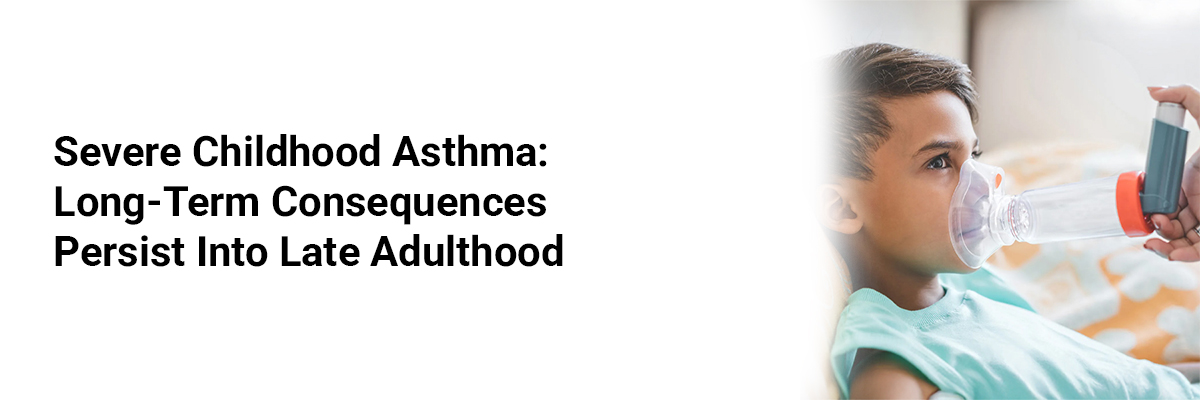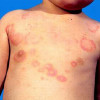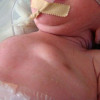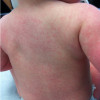
Severe Childhood Asthma: Long-Term Consequences Persist Into Late Adulthood
Among adults aged ≥65 years with a history of
severe childhood asthma, only 1 in 10 achieved asthma remission, while 1
in 3 developed persistent airflow limitation, according to a 60-year
follow-up study published in Chest¹.
This Danish cohort comprised individuals who,
between 1950 and 1979, had undergone a 4-month stay at an asthma care facility
in Kongsberg, Norway. Researchers reassessed participants after an average of
six decades through questionnaires, spirometry, FeNO testing, bronchodilator
reversibility, mannitol challenge, and static lung volume measurements. Asthma
remission was defined as no symptoms and no medication use in the preceding
year; all others were classified as having current asthma.
Of 1,394 eligible participants, 232 (mean age
66.1 years) completed follow-up. Remission was rare—only 10.3% met the
criteria—while 89.7% had ongoing asthma. More than a quarter (26%) reported
exacerbations in the past year, and 21.6% had received antibiotics for lower
airway infections. Despite persistent disease, only 15.7% were under secondary
care.
Controller therapy use was high (83% of those
with current asthma), with two-thirds using short-acting β₂-agonists as
relievers. Allergic rhinitis (60%), hypertension (21%), eczema (16%), and
cataract (8%) were common comorbidities. Compared with those in remission,
participants with persistent asthma had:
- Higher total IgE
- Lower FEV₁ % predicted and reduced FEV₁/FVC ratio
- Numerically higher FeNO (26.7 vs 20.1 ppb) and
blood eosinophils (0.19 vs 0.17 ×10⁹/L)
The authors note that their definition of
remission emphasizes patient-reported outcomes, acknowledging possible
discrepancies between prescribed and actual treatment use.
This landmark follow-up underscores that severe
asthma in childhood is a major risk factor for impaired lung function and type
2 airway inflammation in later life. The fact that nearly 90% of patients
had persistent asthma into their late 60s highlights the need for long-term
monitoring and early interventions aimed at altering disease trajectory.
Reference
- Savran O, et al. Characteristics of adults with
severe asthma in childhood: a 60-year follow-up study. Chest.
2024;166(4):676-684. doi:10.1016/j.chest.2024.06.005













Please login to comment on this article